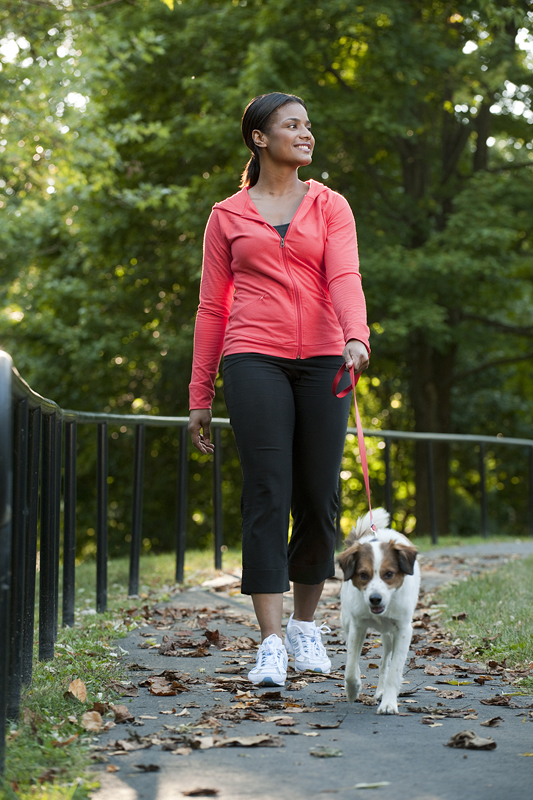By YMCA
There are many great programs that help people engage in physical activity for a period of time – everything from group exercise classes to walking clubs. But in order to ensure that ALL people are able to reach the recommendations for physical activity as outlined in the national Physical Activity Guidelines, these programs need to be supported by policies that ensure that physical activity is within reach to people in their everyday lives so that they might stick with the behavior they are trying to achieve.
 Policies can range from community-wide strategies such as “complete streets” initiatives, that make streets safe for everyone – whether they are on foot, in a wheelchair, on a bike or in a car – to worksite policies that open access to and ensure the safety of stairwells so that people can climb the stairs rather than take the elevator.
Policies can range from community-wide strategies such as “complete streets” initiatives, that make streets safe for everyone – whether they are on foot, in a wheelchair, on a bike or in a car – to worksite policies that open access to and ensure the safety of stairwells so that people can climb the stairs rather than take the elevator.
Communities across the country are part of this movement that is focusing on how policy and environmental change strategies affect health. The Y’s Healthier Communities Initiatives are part of that movement, convening leadership teams in more than 200 communities to engage in strategies that promote healthy living. To date, participating communities have made more than 10,000 changes that promote physical activity.
For example, in Marshalltown, Iowa, changes included the allocation of $50,000 in the city budget for sidewalk maintenance (annually) and a $1.5 billion bike trail extension project linking two present trails to make one continous trail for community members to use throughout the community. In Brattleboro, Vermont the town plan included, for the first time, language related to community design in support of walking and cycling for routine physical activity. In Port Huron, Michigan the team convened by the Y was successful in working to increase the amount of physical activity time offered throughout the school day – doubling the required amount of physical education times in elementary schools from 1 to 2 hours per week, beginning in the fall of 2012. Wilton, Connecticut designated an area near a high school track to be used as an outdoor fitness center for use by the public.
Other examples include improving and building sidewalks; addressing safety concerns such as traffic, lighting, and police enforcement; influencing zoning guidelines to encourage physical activity; adding or expanding recess in local schools; creating or enhancing Safe Routes to Schools programs; and offering workplace incentives to engage in physical activity.
As we encourage individuals to engage in physical activity, we must remember that they often need support to make it happen. Making the healthy choice the easy choice will ensure that those healthy behaviors stay with them for a liftime.
What policies have you seen in your own community that encourage physical activity? Tell us a story about someone who has been impacted by these policies.